This article was co-authored by Trudi Griffin, LPC, MS. Trudi Griffin is a Licensed Professional Counselor in Wisconsin specializing in Addictions and Mental Health. She provides therapy to people who struggle with addictions, mental health, and trauma in community health settings and private practice. She received her MS in Clinical Mental Health Counseling from Marquette University in 2011.
There are 7 references cited in this article, which can be found at the bottom of the page.
This article has been viewed 320,247 times.
While computers are incredibly useful tools, they can also be addictive. Many kids have problems spending too much time on the computer, which can be frustrating for you as a parent. Computer addiction has been described as being just as powerful as a drug addiction and your child’s excessive computer usage could lead to more serious problems down the road. Help your child overcome their own computer addiction by placing limits on their computer use, talking to them, and helping them find alternative activities.
Steps
Limiting Their Computer Time
-
1Set a password for the computer that only you know. Your child will have to ask to be logged on to the computer in order to use it. This will work particularly well if your child is younger and does not require a computer to do their homework, but can also be used for older children if their addiction is particularly bad.
- If you will not be home, you can always change the password daily and send it to them remotely once you're ready to give them access.
-
2Set parental controls on the computer. You might be concerned that your child will use the computer while you are out of the house. However, you can set parental controls on the computer limiting what websites they can access. You can edit these control settings on your router, Windows, or via a third party website like Norton.[1]Advertisement
-
3Allow computer time only after other responsibilities are complete. Teach your child to prioritize by requiring them to complete chores and homework before using the computer for leisure. Make a checklist of all chores/tasks to be completed each day and post them on your refrigerator. Treat computer time as a privilege, not a right.[2]
- You can also schedule family time or outdoor play that must be completed before your child can use the computer.
- Tell your child that everything on the list must be done before they use the computer for leisure. When you get home each day, ensure that all is complete; establish consequences if they are not.
- Make sure that your co-parent or other guardians are all on the same page about the rules, expectations, and consequences.
-
4Create computer-free zones. Only allow your child to use the computer in common areas, like the living room or den. Do not allow the computer to be used in their room or during dinner or family time.[3]
- If possible, have one computer for homework use and one for leisure so you can be sure what they are working on. Block any gaming or social media sites on the homework-only computer.
- If you are worried about your child using the laptop in their room when you are not there, lock the charger or battery up at night and give it to them when you get home from work.
-
5Set a time limit on computer use. Limit your child to using the computer for a maximum of two hours per day if they are over 2 years old. Children under 2 should not have access to any screen time. Employ this rule only when your child is doing non-school related activities. Set a timer so they know when to put the computer away.[4]
- In the beginning, you might try giving your child a 15 minute warning announcing that their time is about to be up.
- Once your child is old enough, teach them how to manage their own computer time. For instance, if your 10-year-old is playing games on the computer, teach them to set a timer with a 5-minute warning so they can finish the level and log off before their time runs out.
Discussing Appropriate Computer Usage
-
1Talk with your child about their excessive computer use. Find out if there are any specific reasons that they spend so much time on the computer. Sometimes, the computer can function as an escape from reality, especially if they are being bullied or having difficulties in school. If your child is facing problems that are causing a desire to escape, address those with them through discussions, providing advice, or getting them help when necessary.[5]
- Listen to them without interrupting. There may be something that they’ve been wanting to share with you, so come to the conversation with a kind and concerned demeanor.
- Oftentimes, children don't realize when they're engaging in escape/avoidance behaviors. You may have to float the idea as a possibility for them to think about and have a few conversations about this.
-
2Establish consequences. After having a talk with your child and assessing what’s going on with them, lay down some basic ground rules for computer use. Let them know that there are limits, that they can only use the computer for two hours per day for non-homework related items, and that there will be consequences if they do not follow the rules.[6]
- For instance, if they are caught using the computer for longer than allowed, take away the computer for one day. Let them rely on their textbooks when completing any homework.
-
3Follow through. When they do break one of your computer rules, implement consequences immediately. Delaying consequences often results in bad behavior being repeated. If they overuse the computer or use it for anything other than school during homework time, take it away from them then and there. If they are caught doing this a second time, take the computer away for 2 days instead of 1.[7]
- If they feel that their bad behavior will not be punished, then they will not care about the consequences and may lose respect for you.
-
4Be a good role model. Don’t spend a lot of time using the computer around your child. This might make them feel a bit resentful of you if they see you doing the things that you have banned them from doing. Instead, be present when you are with them and work on spending more time together.[8]
Finding Alternatives to Computer Use
-
1Suggest alternative activities. Play board games with them, take them to the library or get them together with friends to hang out. If they truly have become addicted, prepare for a very rough few days and weeks as the brain no longer gets its "fix" and has to rewire itself. While you can recommend other activities, your child may be resistant to this.[9]
- Allow your child to pick the game or see if they have any ideas about activities they’d like to do.
- Encourage your child to read books, make crafts, or do other hands-on activities like building a robot or playing with Legos.
- Remember that it is okay for them to be bored and that this is healthy and fosters creativity and self-soothing.
-
2Spend time as a family without computers or phones. Spend time each day as a family completely unplugged. This includes phones, computers, and the television. Have family dinner together regularly so that you can check-in on each other, connect, and laugh.[10]
- Plan a vacation that will be completely technology-free.
-
3Sign them up for an after school sports team. Find out from your child if they are interested in playing any sports. If they are lonely and are using the computer as a substitute for friends, this will be a great way for them to connect with others. Allow them to choose the sport, rather than forcing them to play a specific one.[11]
- Alternatively, your child can learn to play a musical instrument or participate in another extracurricular activity.
-
4Encourage them to join clubs or organizations. Find out from them what clubs or organizations are offered at their school. This will provide them with another way of meeting others and developing new hobbies and interests.[12]
- You might say “So, you mentioned there was an art club on campus and I know you look up artwork online a lot. Have you thought about joining that? I wouldn’t mind picking you up later on the days that they meet.”
- Many communities also have tabletop gaming leagues with age-appropriate interactive games like Pokémon and Yu-Gi-Oh! that children as young as 5 can play.
-
5Get professional help when necessary. If your child cannot seem to shake the addiction or reacts very aggressively or emotionally to these new rules, then seek professional help for them. There are many therapists who specialize in helping overcome addictions, so research some in your area.[13]
Recognizing the Signs of Computer Addiction
-
1Notice if your child is isolated. A computer addiction can cause children to isolate themselves from family members and friends. Take note of your child’s social life and pay attention to the amount of time they spend by themselves using the computer. If they rarely interact with others in person, and turn down invitations so they can stay by the computer, they may have an addiction.[14]
-
2Pay attention to the way your child handles responsibilities. If your child avoids completing chores or homework in favor of using the computer, they may have an addiction. Though many children would surely rather play a computer game than do the dishes, it becomes a problem when the responsibilities a child has are being completely neglected so that they can continue using the computer.[15]
-
3Determine if your child’s sleep habits are affected. Some children may stay up late into the night in order to use the computer. Check and see if your child is on the computer when they should be in bed instead. If your child frequently stays up quite late and neglects good sleep habits in order to use the computer, they may have an addiction. Keep in mind that most children who attempt to use their PC at night will use something Hide-Able, like a Phone and will hide it and pretend to be asleep. To combat this, take the phone before bedtime. If that is not an Option, check up on your child every 1 hour until you go to sleep. Once it is late, its likely that your child would have gone to sleep.[16]
-
4Take note of how long your child spends on the computer. Pay attention to how long your child spends on the computer both at one time and the total amount per day. Children shouldn’t spend more than two hours using electronics, such as computers, tablets, or televisions, per day. If your child is using significantly more than that, especially in one sitting, they may be addicted to the computer.[17]
Warnings
- Your child might react with anger when you take steps to break their addiction - be prepared to deal with temper tantrums.⧼thumbs_response⧽
- Don’t let your child replace all of his computer time by watching TV or playing video games – addictions to these types of entertainment can be formed, too.⧼thumbs_response⧽
References
- ↑ https://www.commonsensemedia.org/blog/everything-you-need-to-know-about-parental-controls
- ↑ https://www.theguardian.com/commentisfree/2014/sep/23/children-restrict-screen-time-nice-how-enforce-it
- ↑ https://www.theguardian.com/commentisfree/2014/sep/23/children-restrict-screen-time-nice-how-enforce-it
- ↑ https://www.theguardian.com/commentisfree/2014/sep/23/children-restrict-screen-time-nice-how-enforce-it
- ↑ https://www.helpguide.org/articles/addictions/smartphone-addiction.htm
- ↑ https://psychcentral.com/lib/the-5-cs-of-effective-discipline-setting-rules-for-children/
- ↑ https://psychcentral.com/lib/the-5-cs-of-effective-discipline-setting-rules-for-children/
- ↑ https://www.helpguide.org/articles/addictions/smartphone-addiction.htm
- ↑ https://www.helpguide.org/articles/addictions/smartphone-addiction.htm
- ↑ https://www.helpguide.org/articles/addictions/smartphone-addiction.htm
- ↑ http://www.bbc.com/news/health-10644350
- ↑ https://www.helpguide.org/articles/addictions/smartphone-addiction.htm
- ↑ https://www.helpguide.org/articles/addictions/smartphone-addiction.htm
- ↑ http://www.techaddiction.ca/computer_game_addiction.html
- ↑ http://www.techaddiction.ca/computer_game_addiction.html
- ↑ http://www.techaddiction.ca/computer_game_addiction.html
- ↑ http://www.techaddiction.ca/children-addicted-to-computer-games.html
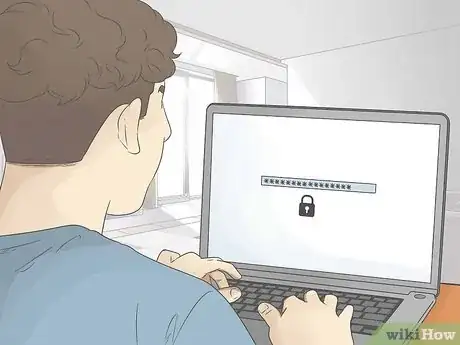
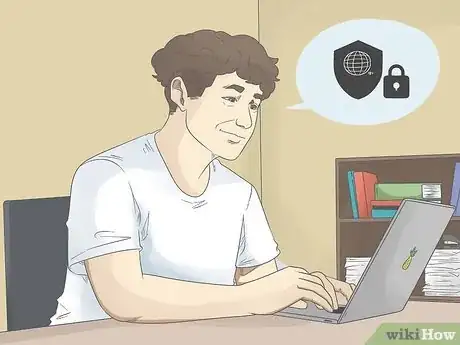

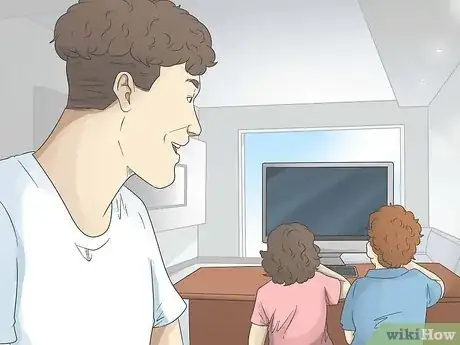
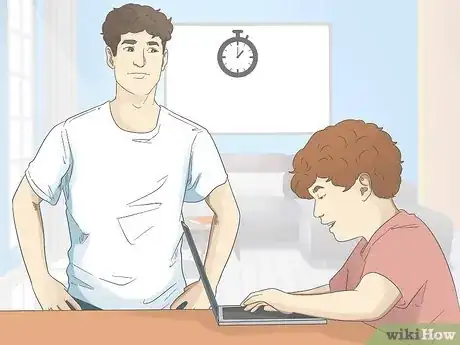


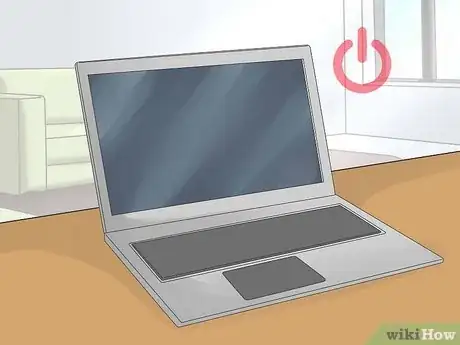



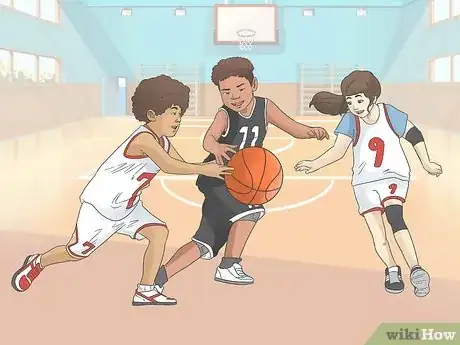










-Step-17.webp)






















































